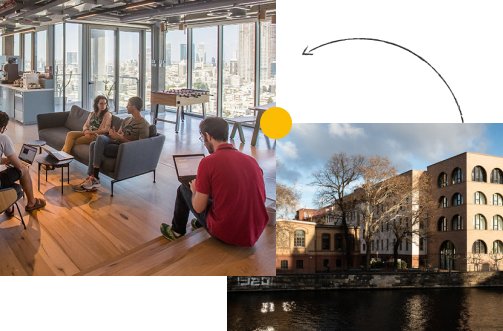Fast Multi-language LSTM-based Online Handwriting Recognition
Abstract
Handwriting is a natural input method for many people and we continuously invest in improving the recognition quality. Here we describe and motivate the modelling and design choices that lead to a significant improvement across the 100 supported languages, based on recurrent neural networks and a variety of language models.
%
This new architecture has completely replaced our previous segment-and-decode system~\cite{Google:HWRPAMI} and reduced the error rate by 30\%-40\% relative for most languages. Further, we report new state-of-the-art results on \iamondb for both the open and closed dataset setting.
%
By using B\'ezier curves for shortening the input length of our sequences we obtain up to 10x faster recognition times. Through a series of experiments we determine what layers are needed and how wide and deep they should be.
%
We evaluate the setup on a number of additional public datasets.
%
